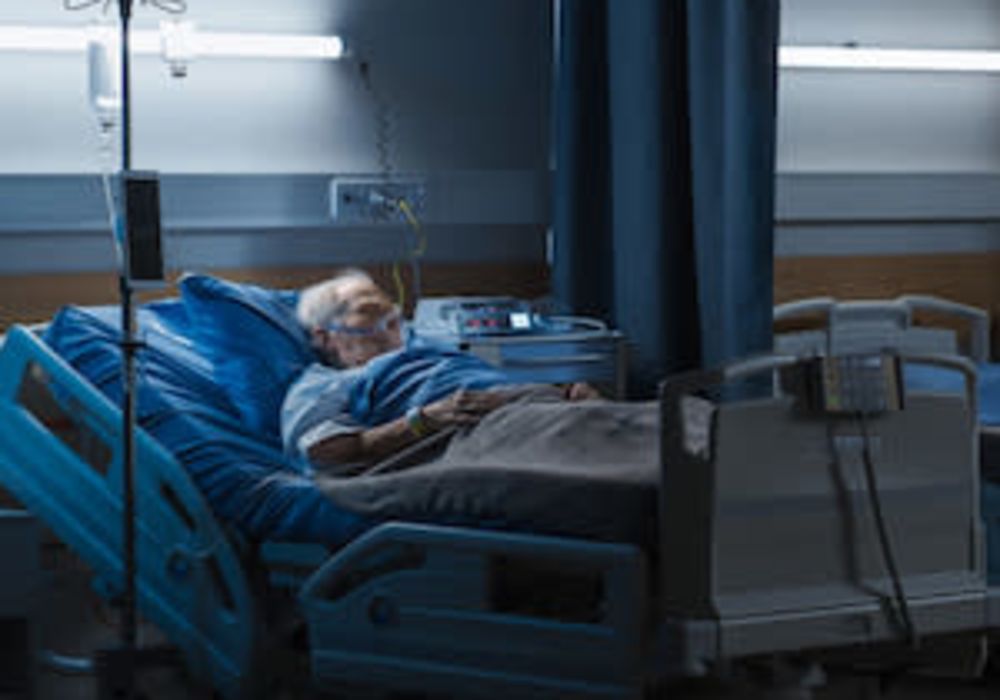Patients diagnosed with acute respiratory distress syndrome (ARDS) often require mechanical ventilation (MV) as a life-saving intervention. However, mechanical ventilation can aggravate lung injury, leading to a condition known as ventilator-induced lung injury (VILI).
Although using low tidal volume (VT) ventilation has become the standard in clinical practice for patients with ARDS, lung-protective ventilation can potentially aggravate lung inflammation and injury because the aerated lung area in ARDS patients is reduced.
The circadian system, which governs the body's internal timekeeping, directly interacts with key inflammatory pathways. It is a complex control system with reciprocal feedback loops at the organismal, cellular, and molecular levels. This intricate system allows for bidirectional communication and coordination between the circadian rhythm and inflammatory processes within the body.
Within the lungs, the circadian clocks in bronchoepithelial cells regulate the release of proinflammatory cytokines and the recruitment of neutrophils during bacterial infection. However, there is limited understanding of the involvement of the circadian clock in VILI and whether molecular mechanisms within the circadian system could be targeted to reduce VILI.
The objective of this study was to explore whether the severity of VILI is time-of-day dependent and whether this is governed by local circadian clocks. Study researchers examined the impact of the circadian clock on the severity of VILI, including the release of inflammatory mediators and cell recruitment. Additionally, the study aimed to explore the role of the circadian clock in myeloid cells in the development of VILI.
This study provided evidence that the development of VILI is subject to diurnal variations and is modulated by the circadian clock. The circadian clock modulates the release of inflammatory cytokines and the recruitment and activation of innate immune cells, impacting the severity of VILI. These findings highlight the importance of the circadian clock and its role in modulating VILI and suggest that targeting circadian clock-related mechanisms may have therapeutic implications in reducing VILI severity and improving outcomes.
To investigate whether the temporal variations in the severity of VILI were influenced by the body's internal molecular clocks, the researchers conducted experiments in constant conditions without the influence of light. They found that when high tidal volume (HVT) ventilation was initiated at CT0 (circadian time 0), there was a high mortality rate. These findings suggest that the timing of VILI onset is influenced by the molecular clocks.
Despite their short lifespan, neutrophils have a molecular clock governing their immunological response. The study found significant differences in baseline activation and reactive oxygen species (ROS) production in neutrophils at different times of the day.
The findings of this study prompt a critical examination of the optimal timing of short-term MV in patients at risk of ARDS. The identification of circadian regulation in the injury pathways of VILI allows for a deeper understanding of the underlying molecular mechanisms and the identification of potential intervention points.
Source: American Journal of Respiratory and Critical Care Medicine
Image Credit: iStock























